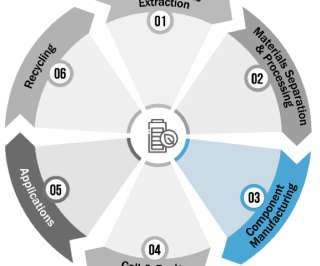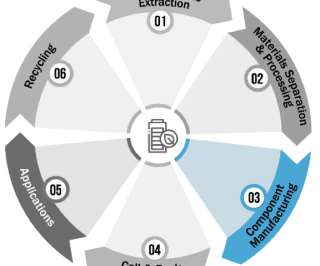Renesas Electronics introduces 4th-generation Li-ion battery management IC
Green Car Congress
AUGUST 9, 2019
Renesas Electronics Corporation announced its fourth-generation lithium-ion (Li-ion) battery management IC that offers unmatched lifetime accuracy. Together, we designed and integrated a low-voltage Li-ion battery management system featuring ISL78714 ICs and RH850 microcontrollers in Mahindra Racing electric race cars.































Let's personalize your content